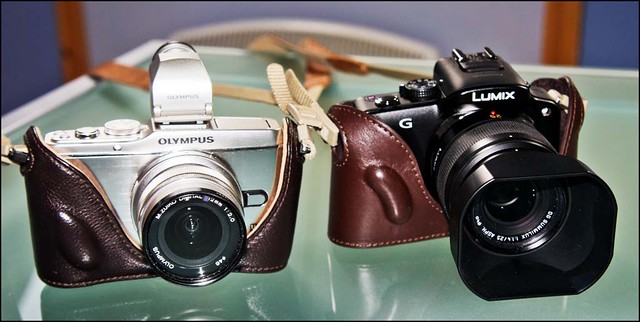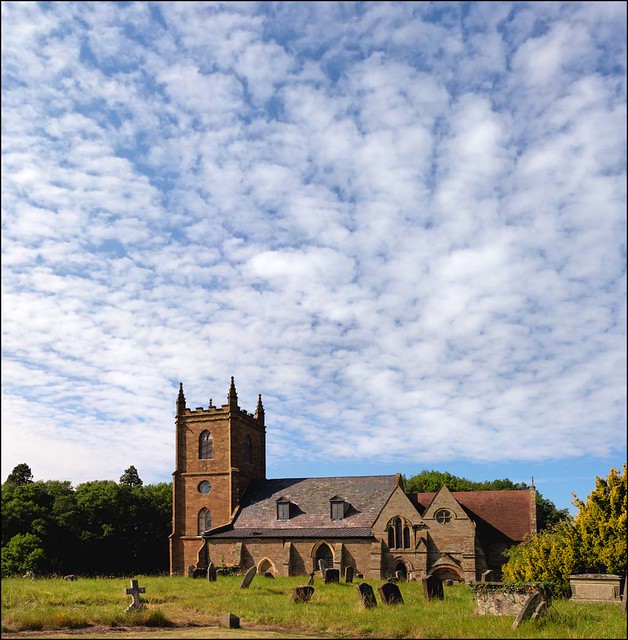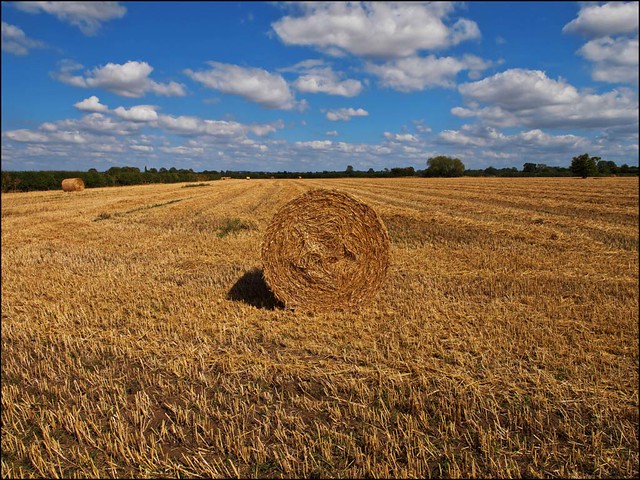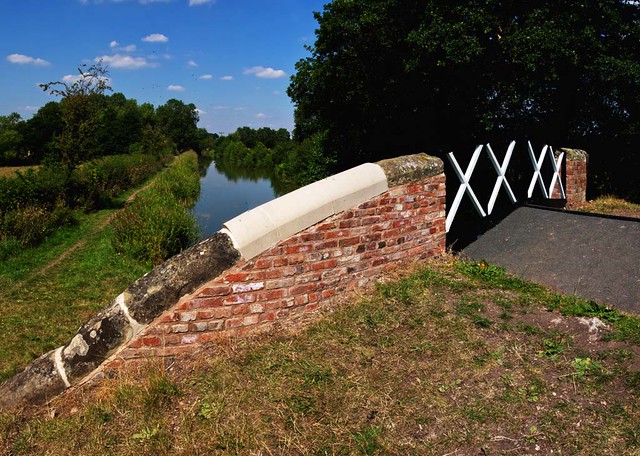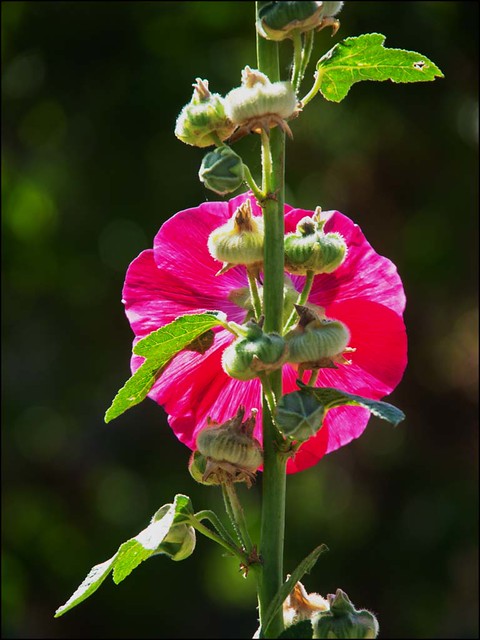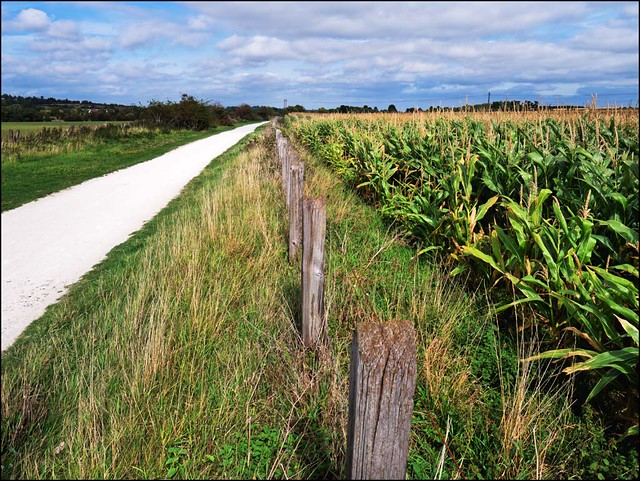Olympus E-P3 12mm f/2 Panasonic G3 Leica 25mm f/1.4
Despite using a lot of different cameras and enjoying the results, m4/3 is still the format that works best for what I do.
Olympus E-PL1 Panasonic Leica 25mm f/1.4
Created from 15 separate images (three rows of 5) stitched together in Photomerge in Photoshop. Original is a 135MB file, (the equivalent of a 47MP sensor)
Olympus E-P3 Panasonic Leica 25mm f/1.4
Created from 5 separate images stitched together in Photomerge in Photoshop. Original is a 87MB file, (the equivalent of a 30MP sensor)
Olympus E-PL1 12mm f/2
Created from 3 separate images stitched together in Photomerge in Photoshop. Original is a 68MB file, (the equivalent of a 24MP sensor)
Olympus E-P3 14-42mm zoom
Created from 4 separate images stitched together in Photomerge in Photoshop. Original is a 76MB file, (the equivalent of a 26MP sensor)
Because I shoot mostly static subjects, I have no problem creating large files from my m4/3 cameras, using the stitching function in Photoshop to create huge files from several images. As can be seen from the above samples, for the majority of these I create "conventional" image shapes. I do often put together panoramic images, but this is the exception rather than the rule.
I also like the depth of field "advantage" that m4/3 gives me.
Olympus E-P3 14-150mm zoom
This flower was blowing about in the wind. I needed a fast shutter speed to "freeze" it. The settings for this shot were 1/400th. sec. at f/5.6 at the 150mm end of an Oympus 14-150mm zoom. This allowed me to get a reasonable amount of DOF. APS-C or full-frame would have made this more difficult.
Thinking about this I was reminded of when Ansel Adams was producing his wonderful landscapes with a 10x8 plate camera. At the time he was part of Group f/64 which was dedicated to sharp focus and maximum depth of field. Working with these large format cameras and lenses makes it very difficult to do this. Moderately wide to standard lenses on 10 x 8 are around the 200-350mm range and we all know how much DOF those lenses provide, so it becomes clear why f/64 was the aperture needed. A 28mm view on 35mm / full frame requires 14mm on m4/3 but 180mm on 10 x 8. So to get that f/64 equivalent on m4/3 is much easier to achieve. It doesn't quite work like this, as the lens used produces a different perspective, but you get the idea.
Consequently I can produce images like this.
Panasonic G3 14-42mm zoom
1/500th. sec. f/8 ISO 160.
Hand held, with a fast shutter speed, lots of DOF and what is these days a low ISO gives me a sharp image with very deep focus.
So, add in the fact that m4/3 sensors produce rich "glossy" colour, have fairly weak AA filters, and a wide range of lenses to work with, including some with real quality, such as the 12mm f/2 and 25mm f/1.4 and it becomes a very attractive system as far as I'm concerned.
m4/3 covers the vast majority of what I do. Its not particularly useful for low light, high ISO work, though the fast lenses help there. As I've said often enough, the restricted dynamic range is a problem I've found ways to work round and it doesn't really negatively influence what I shoot. So all in all, a very useful format. It is my most used system, and as far as I can see likely to remain that way for some time to come.

Olympus E-P3 12mm f/2 Panasonic G3 Leica 25mm f/1.4

Olympus E-P3 12mm f/2 Panasonic G3 Leica 25mm f/1.4
